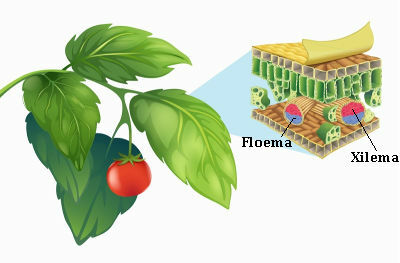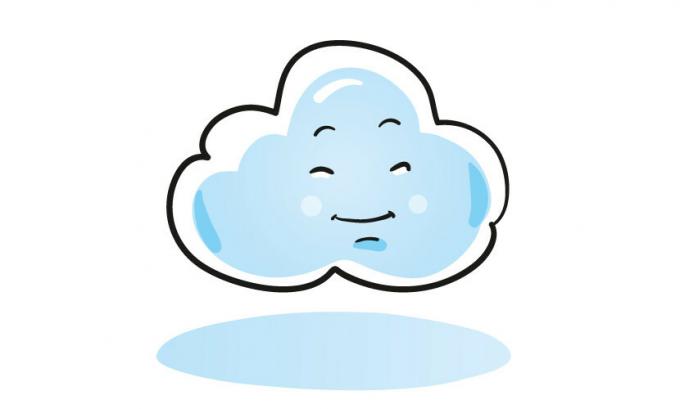You may have seen in movies and even in internet videos some whales opening their mouths and ingesting a large amount of water. Did you know that at that moment they are feeding? Although we can't see it, there are several microscopic living beings in the water, the plankton, which serve as food for aquatic animals.
Plankton are formed by small organisms that live on the surface of the water., being passively dragged by it. They can be divided into two major groups: phytoplankton and zooplankton. The first group is formed by small algae and plants, while zooplankton are formed by small organisms that do not perform photosynthesis, such as microcrustaceans.

Zooplankton is formed by small animals
Phytoplankton are capable of photosynthesis and are the basis of food chain aquatic. As previously mentioned, it is formed by plants and algae, especially diatom algae and dinoflagellates. The latter are related to two very interesting processes: the red tide and bioluminescence.
THE Red tide it is a phenomenon that occurs as a result of an exaggerated increase in dinoflagellates, which is mainly due to pollution and changes in water temperature and salinity. This increase in algae causes the water to turn red, thanks to the presence of pigments, and often toxic, leading to high mortality of aquatic animals.
Bioluminescence is a process that can be defined as the emission of light by a living being. We observe this process in fireflies, some jellyfish, dinoflagellates and other living things. See the photo below of the light produced by plankton in the Maldives sea.

Bioluminescence is the production of light by animals
In addition to phytoplankton, there is zooplankton, which is also important to the aquatic food chain., as it includes the most varied types of microscopic animals. In addition to the aforementioned microcrustaceans, zooplankton are made up of crabs, lobsters, fish and other animals in the larval stage.
Although not easily seen, plankton have fantastic beings of different forms and life habits. Did you imagine that microscopic life was so interesting?
By Ma. Vanessa dos Santos



